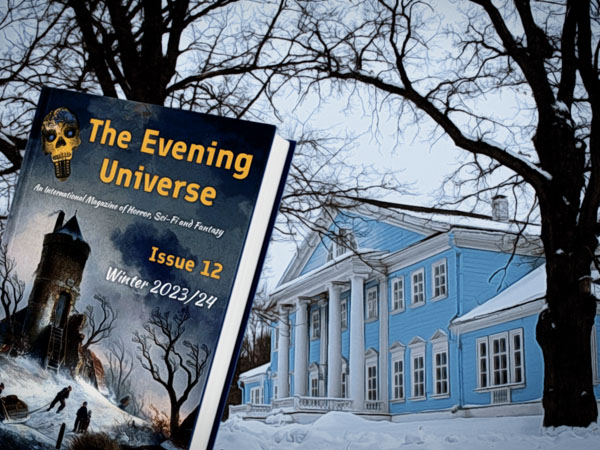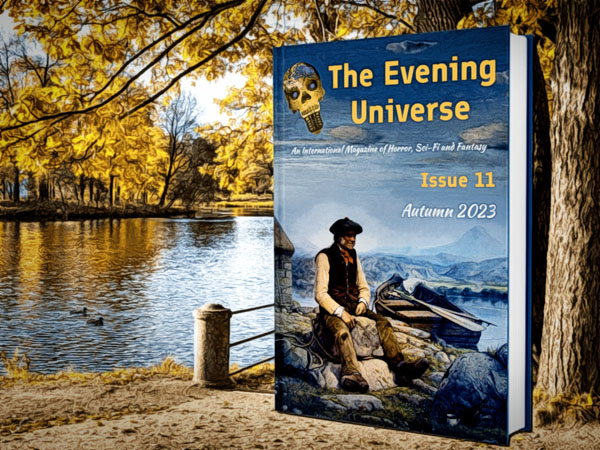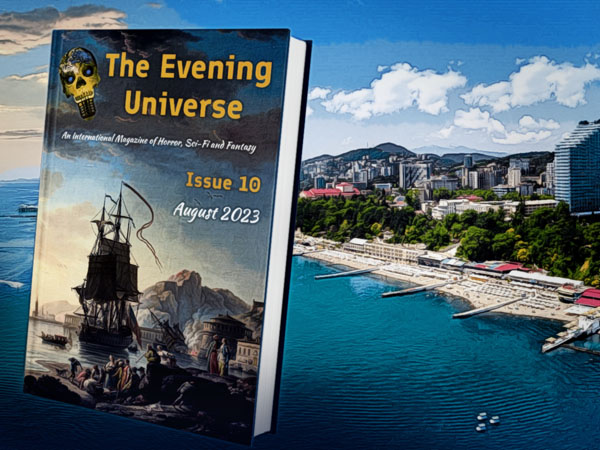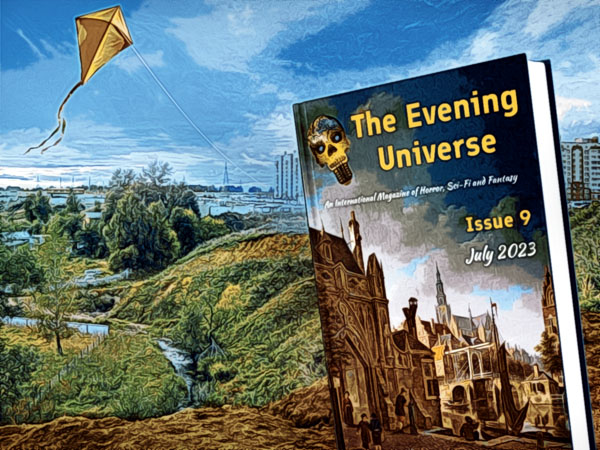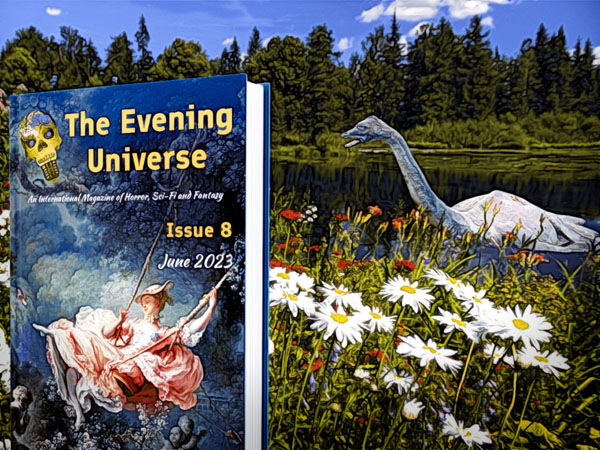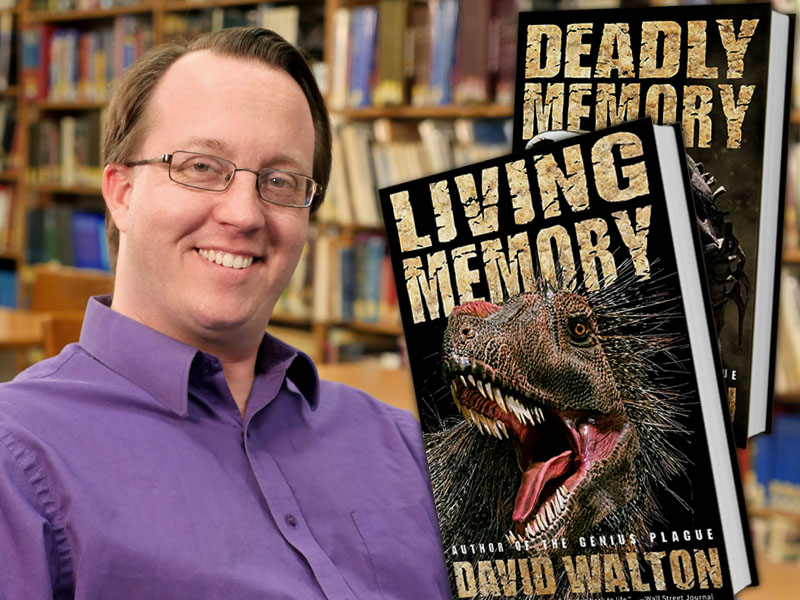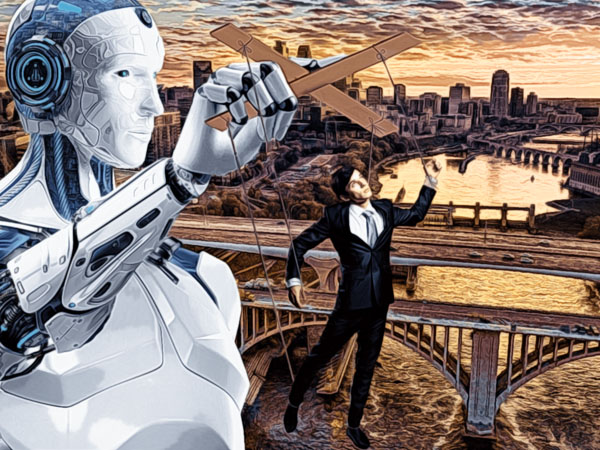
Without even knowing it, we live in McLuhan’s universe.
Famous American author and journalist Tom Wolfe said that he considered Marshall McLuhan the most important thinker since Newton, Darwin, Freud, Einstein and Pavlov. McLuhan’s aphorisms and concepts such as “the medium is the message” and “the global village” have become part of the mentality and the culture of modern people. McLuhan predicted how today’s humanity will be affected by television and the advertising industry. Over half a century ago, he described changes in society, such as processes of globalization that we are experiencing now with growth of the Internet.
Let’s start with the question, what features of society as a whole have been generated by the technology of writing and printing? Among them are linear thinking and logic based on cause-and-effect relationships, along with concepts of space as a container and of time as a straight line with divisions. According to the ideas of classical physics, all things in the universe have their specific place, and the universe itself is a huge mechanism.
The principles of the phonetic alphabet and the printing press—fragmentation, rigid sequencing, and mechanical repetition—affect all of society. Linear writing and the alphabet are the basis of our thought processes which use such components as consistency, a correspondence between things, a systematic arrangement of elements, determinacy, and so on. Market strategies, material production, science, and entertainment—everything is built according to this scheme and ensures the forward movement of industrial society.
McLuhan offered an interesting theory on human housing.
Tribal people lived in round houses, since they felt as if their housing extended their skin and heat exchange processes. A tribal person accepted themselves as a part of the universe, so for them, a round house was not a means of isolating themselves from the world, but a way of including themselves into it. A civilized person tends to restrict and enclose space and to separate functions. A square dwelling is an enclosure of a visual space, a method to separate from the outside world; it is a fragmentation and specialization of space.
Writing and the phonetic alphabet had transformed a tribal person into a civilized one, giving them “an eye instead of an ear.” A written language is the basis of intelligence in its usual sense, while the alphabet imposes on us special principles of perceiving reality.
As early as the 19th century, scientists and thinkers began to suggest that formal logic and Euclidean space were not the only possible ones. Modern physics and a number of other sciences sometimes refuse such principles as localization, linearity, causality, three-dimensional space, perspective, and time sequence.
According to McLuhan’s reasoning, that whole insipid world came to its end with the introduction of electrics and electronics, which both destroyed the Gutenberg galaxy. The world of electronics does not centralize and specialize but compresses and unifies everything. It creates a space without borders, centers and provinces, where everything happens at the same time and where straight chronology does not exist. The technologies of the modern world reduce time and destroy space separation. They cause the transition from static to dynamic state, from rigid mechanics to more flexible and mobile ways. All these changes can be characterized by one word—irrationality. The famous McLuhan’s phrase from 1964 “the medium is the message” became a revelation for most people who tend to ignore media technologies and to pay attention only to content. The effect was as if McLuhan was trying to say, “It’s the media, stupid!” Almost 60 years ago, he called for attention to media technologies, because they have a strong impact on human relationships. The symbolic wrapper is what really matters, not the content at all. Our lives are actually driven by technology, not by our own intentions.
Not everyone will agree with this. In this context, one can mention the slogan popularized by the National Rifle Association of America, “Guns don’t kill people, people do.” But if we think that firearms increase violence, then we believe that the medium is the message. Even in the 19th century, Henry David Thoreau wrote, “We do not ride on the railroad; it rides upon us.” Mark Twain meant the same thing when he said that if you have a hammer in your hand, everything looks like a nail.
McLuhan formulated his four Laws of Media, implying by the term “media” every medium, every technology and every human artifact.
Artifacts make up our living environment, which differs between cultures and communities. This built-up environment is constantly transforming, since each new object changes the connections between the existing ones. Here we can recall Ray Bradbury’s short story “A Sound of Thunder,” where the death of one butterfly greatly affected the future of the whole country.
To describe the influence of a new artifact on the environment, McLuhan used the figure-and-ground concept. Figure is something that grabs our attention, while ground is everything we don’t care much about. A person uses artifacts the same way—some of them are actively involved in everyday practices, and others are rarely used, looking like ground.
Marshall McLuhan’s tetrad of media effects consists of four questions.
1. What does the medium enhance?
2. What does the medium make obsolete?
3. What does the medium retrieve that had been obsolesced earlier?
4. What does the medium reverse or flip into when pushed to extremes?
The tetrad explains four key transition points of artifacts—from figure to ground and back again.
1. The new pushes the boundaries.
New artifacts enhance human abilities. Any new tool or technique enables us to do some things better than before. An artifact remains relevant (figure) until a more advanced one appears. For example, point-and-shoot digital camera sales declined in recent years as smartphones overtook them in such uses.
2. The old retreats and adapts.
A new artifact pushes the old one aside (from figure to ground), making obsolete the practice of using the previous artifact for the same purpose. This does not mean that the new inevitably kills the old—the old ceases to be used for its former purposes, but if a new use can be found for it, it will not die. For example, the spread of radio did not kill newspapers and magazines, digital music and electronic books did not kill vinyl records and paper books.
3. It is not the essence of the practice that changes, but the way it is implemented.
A new artifact brings back practices from past eras that were previously associated with the use of other tools. Everything old is new again, but at a different stage of development. For example, SMS technology revived (making it the figure again) text messaging originated from telegraphy, selfies brought the original idea of self-portrait back to life.
4. Innovation eventually becomes its own opposite.
Each new artifact, when pushed to the limits of its potential, reverses or flips into an opposite or complementary form. It moves from figure to ground, making room for something new. So today, we are seeing that cars engineered to speed up people’s movement begin to slow us due to traffic jams and congestion.
Here are a few more selective McLuhan’s statements.
“The new electronic interdependence recreates the world in the image of a global village.”
The means of communication are so developed and rooted in our lives that now there is no information isolation and limitation.
“Radio provides a speed-up of information that also causes acceleration in other media. It certainly contracts the world to village size and creates insatiable village tastes for gossip, rumor, and personal malice.”
The quote is from the 1964 McLuhan’s book “Understanding Media,” so he wrote only about radio, but the statement is even truer today. The world has become a village, so gossip spreads just like any information—quickly and without hindrance.
“With TV, the viewer is the screen. He is bombarded with light impulses that James Joyce called the ‘Charge of the Light Brigade’ that imbues his ‘soulskin with subconscious inklings’.”
A person can be compared to a small child who looks at his parents, notices their habits, behavior, and then absorbs everything like a sponge and involuntarily reproduces it. Television can cause any feelings—panic, fear, cruelty…
“The real news is bad news.”
For the sake of self-promotion, media tend to balance good news with all the bad news they can find. It is believed that people react more strongly to bad news than to good ones. Various floods, fires, catastrophes on land or sea surpass any kind of private horror as news.
“Readiness for war characterizes contemporary social systems more broadly than their economic and political structures, which it subsumes.”
New technologies change people’s sensory perception of the environment and destroy their self-identity, forcing them to adapt and “look at the present through a rear-view mirror,” because the view it offers is more comforting than a complete picture of the changing world. McLuhan compares the modern person’s increased threshold to all types of perception with the loss of an amputated organ that causes phantom pain. Technology is becoming an extension of the human body and its nervous system. Attempts to restore the lost self-identity lead to wars, while any war stimulates new technical developments that provoke a new loss of people’s self-identity.
As early as the 1960s, McLuhan foresaw that a person will cease to be a subject who creates technologies in the era of the triumph of electronic media, but we will become an object of influence of these technologies. Today we are witnessing a deep change in the human being immersed into the Internet with its electronic media, e-commerce, pranksters and troll factories. According to Yuval Noah Harari, a modern public intellectual and historian, Homo sapiens is transforming itself now into something completely different, so in a short historical perspective it will cease to exist in the form known to us. But this is a completely different question.

